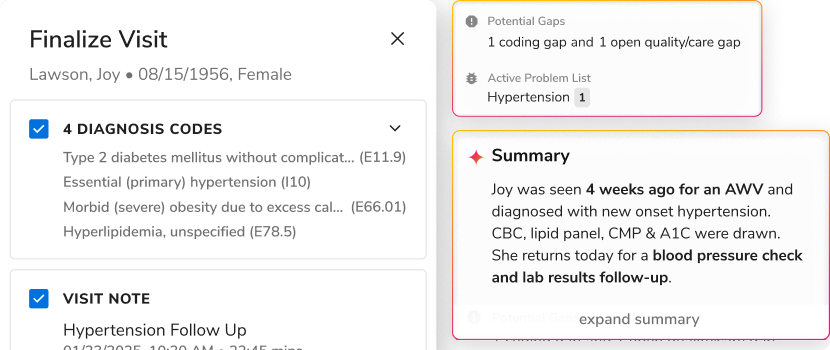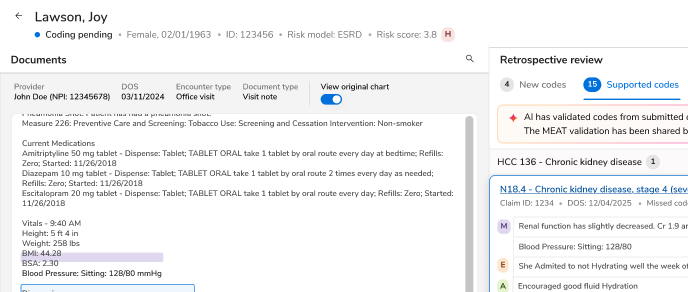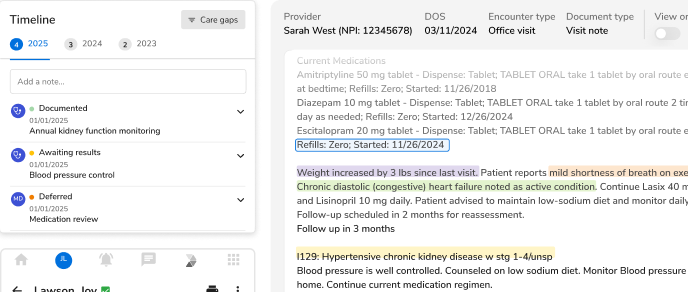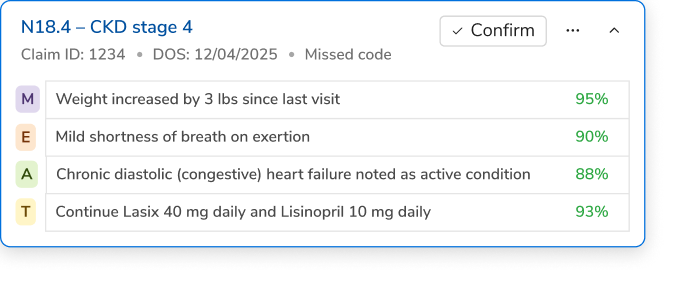Care Navigation: Guiding Employees to the Right Care Options

Navigating U.S. healthcare can be overwhelming. Even in the best of times, simple tasks like scheduling appointments and managing proper medications seem like obstacles to accessing quality care. With COVID-19, the situation has become much more challenging. Millions of people have been infected with the virus. Though we see many people recover, the pandemic has definitely added a lot of confusion and anxiety in already complicated care journeys for patients.
A study shows that, six in ten adults in the U.S. have a chronic disease, and we can only imagine what people with complex needs must be going through. From finding the right provider to managing comorbidities, the whole experience can be daunting for many. With more individuals seeking virtual care, integrating consumer preferences more effectively can be a good step towards delivering whole-person care.
Let’s look at a few challenges consumers are facing and what they mean for employers and their employees:
Addressing complex conditions and comorbidities: Now that in-person care has taken a backseat, people are learning how to get proper lab tests, manage various medications, and seek multiple specialists.
Finding a provider: It is not easy to evaluate providers — to check if they are in the network and what kind of out-of-pocket expenses might be incurred. So, it gets confusing for many people.
Seeking health support: Since mental health and chronic conditions are correlated, people need to be aware enough to identify mental health symptoms and find appropriate resources.
There are so many steps where someone can miss a care touchpoint and end up getting lost in the complicated care loop. However, what do they actually mean for employers and what can they do about it?
What Does This Mean for Employers?
Employers need to understand that their employees need help to navigate the complex healthcare system. Now that COVID-19 has made it even more challenging for employees to manage their health, employers should be empathetic. Employers must realize that many health programs designed to improve employees’ health are being underutilized. Most employees simply don’t know how or when to use them. This means that employee health is at risk, directly related to their productivity and absenteeism. As other factors like unnecessary ED visits, chronic conditions continue to impact employees’ care journeys, employers need to devise smart strategies to navigate their employees to the best possible healthcare resources.
Navigating Employees to the Right Care
Personalization is the key to providing employees with the right tools and resources to navigate the right care facility. With rich data available from pharmacy claims, health assessment inputs, and others, Artificial Intelligence (AI)-enabled predictive modeling and machine learning can identify unique insights about a person. Therefore, employers must leverage a data-driven, personalized health benefits experience that optimizes a mix of digital, self-service expertise and the ability to connect with additional support.
Innovaccer’s care navigation and benefits engagement solution removes barriers to accessing care, provides personalized guidance, alerts, and recommendations, and helps employees feel a sense of clarity and peace of mind.
To know how you can drive smart care management on a FHIR-enabled Data Activation Platform, get a demo.
For more updates, subscribe.

.png)





.png)









.svg)
.svg)

.svg)

